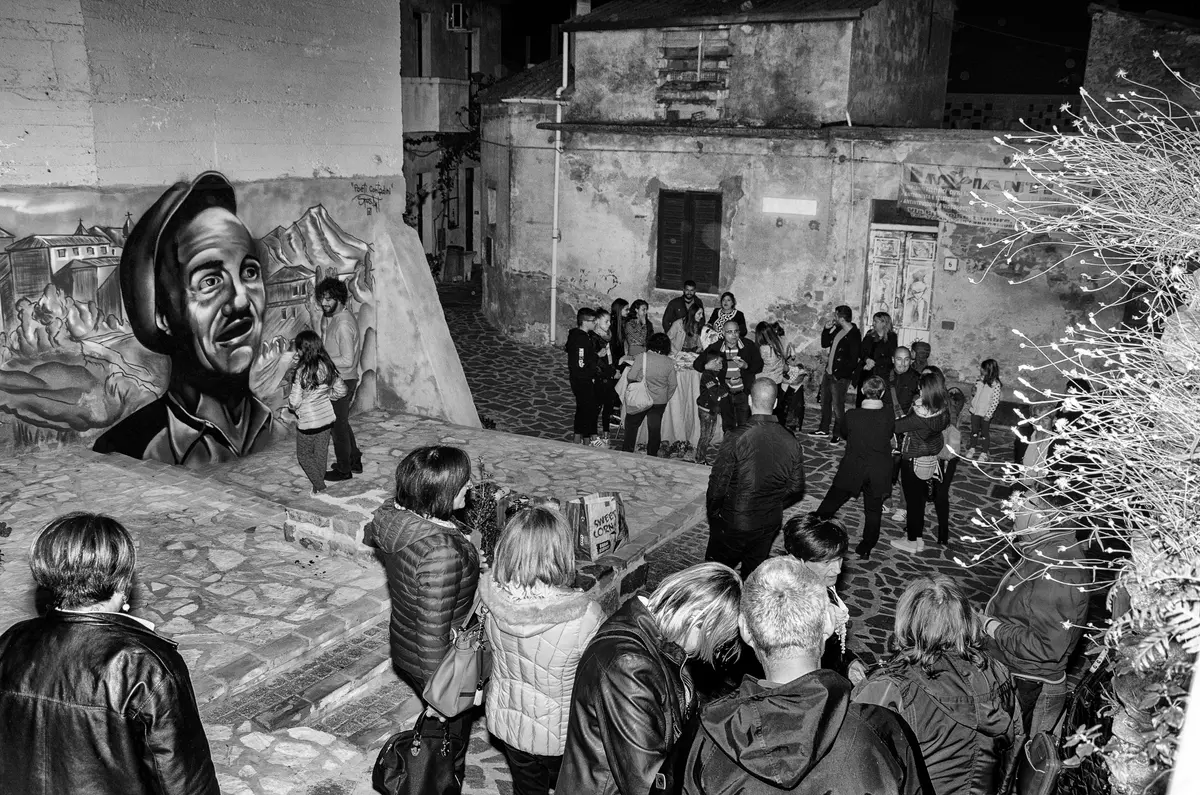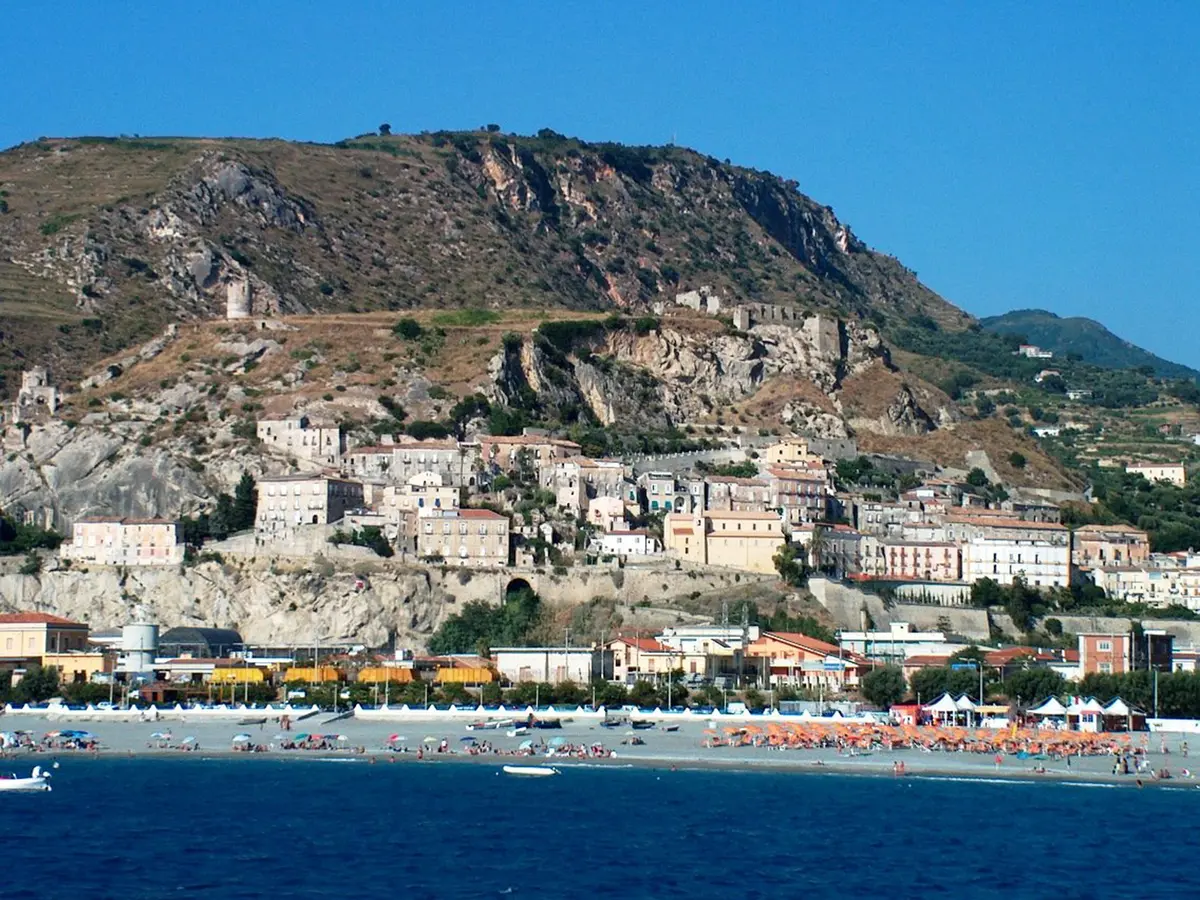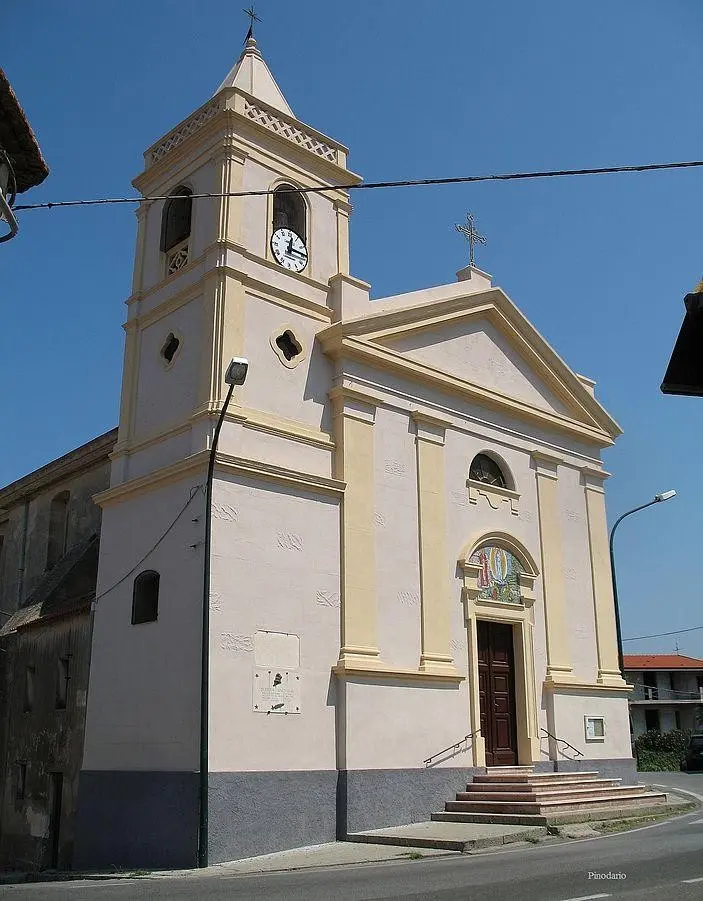Marrana Tower of Ricadi, an excursion between sea and archaeology
Tales and legends among the cliffs of Capo Vaticano

Art and Culture
Regione Calabria
We are on one of the most enchanting stretches of the Calabrian Tyrrhenian coast, also known as the Costa degli Dei, which runs through the province of Vibo Valentia and some of Calabria's iconic places.
We are in the municipality of Ricadi, an area popular with tourists, just a stone's throw from Tropea, on the craggy promontory overlooking the Tyrrhenian Sea that finds in Capo Vaticano the scenic location par excellence.
Here stands an ancient watchtower, Marrana Tower, and an archaeological area close to a modern open-air theatre, a venue for events and appointments overlooking the sea.
The Marrana Tower Archaeological Area
The top of the hill overlooking the town of Ricadi culminates in a very important architectural symbol for the area: Marrana Tower. Part of the efficient defence system of coastal watchtowers designed to counter Saracen raids, Marrana Tower was part of a complex of seven towers in visual communication with each other. Today, five of these are reduced to the state of ruins (Bali Tower, Marrana Tower, Ruffa Tower, Tuono Tower, Capo Vaticano Tower) while two are completely lost.
Marrana Tower is part of an archaeological area of great interest, as well as dominating a breathtaking landscape, open to the blue of an extraordinary sea and surrounded by green Mediterranean scrub. The structure itself, dating from the 16th century, has a circular layout and it is currently about six metres high. This type of tower usually had a guard room for the so-called "cavallàro", i.e. the soldier in charge of spreading the alarm between one tower and another, and a cistern below the floor level, reached by an internal staircase, for collecting rainwater.
The archaeological context of Marrana Tower in Ricadi is rich in evidence. In its vicinity, in fact, several Bronze Age tombs have been found; on the Torre Santa Maria promontory, the remains of a Greek farm that controlled the landing place have been excavated; further down, those of a Roman complex from the late Republican period and ancient port structures. Archaeologists speculate that the entire area may correspond to the ancient Portus Erculis mentioned by Pliny and Strabo.
At the foot of Marrana Tower stands a modern open-air theatre that hosts performances of the annual "Theatre Sightings" festival and a series of artistic and cultural events at different times of the year.
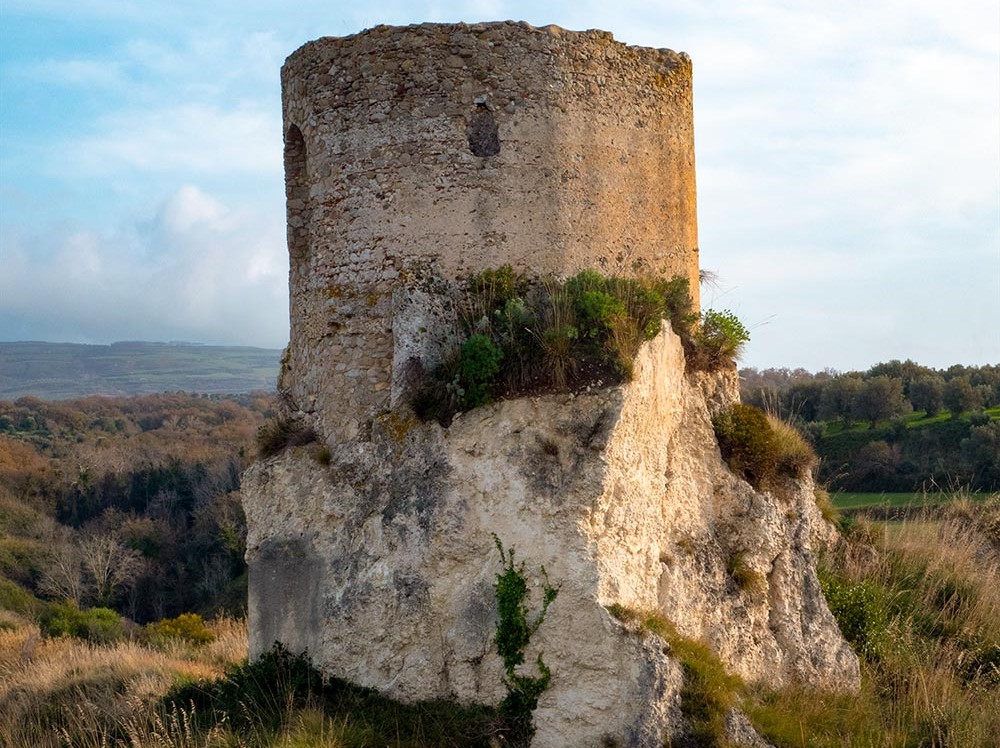
What to see and do in Ricadi
In addition to the archaeological and cultural importance of Torre Marrana, there is the naturalistic importance of the entire area, one of the most beautiful coastlines in southern Italy. The Capo Vaticano promontory and its paradisiacal coves offer glimpses of great beauty in all seasons. Beaches not to be missed include: Tono Beach, Praia di Fuoco, Ficara Beach, Grotticelle Beach and Formicoli Beach. Each of these beaches offers the possibility of diving and excursions to the seabed and sea caves that characterise them, to be discovered either by swimming or by the inevitable boat trip.
Moving on to the centre of Ricadi, it is possible to visit the Mu.Ri - Ricadi Municipal Civic Museum, a network consisting of five exhibition centres located throughout the municipal territory, where the history, traditions, art and nature of the place are told. Visiting Ricadi in September offers the opportunity to participate in the events and cultural encounters of the "Summer at Casa Berto" review, linked to one of the most important literary prizes in the region: the "Giuseppe Berto" Literary Prize. As the name suggests, the festival and the award ceremony itself take place at the house-museum of Giuseppe Berto, the writer from Veneto who found his "buen retiro" in this corner of paradise, composing some of his most famous works.
Finally, let's not forget that we are in an area of Calabria rich in food and wine excellence to be sampled: from the Red Onion of Tropea PGI to the products of the hinterland, Pecorino del Monte Poro PDO and 'Nduja di Spilinga; concluding with a sip of the typical local bitter known throughout the world that takes its name from Capo Vaticano. We end on a high, with the sunset over the Aeolian Islands and Sicily from the top of the Capo Vaticano Lighthouse, another symbol of this land stretching out over the sea and its legends.
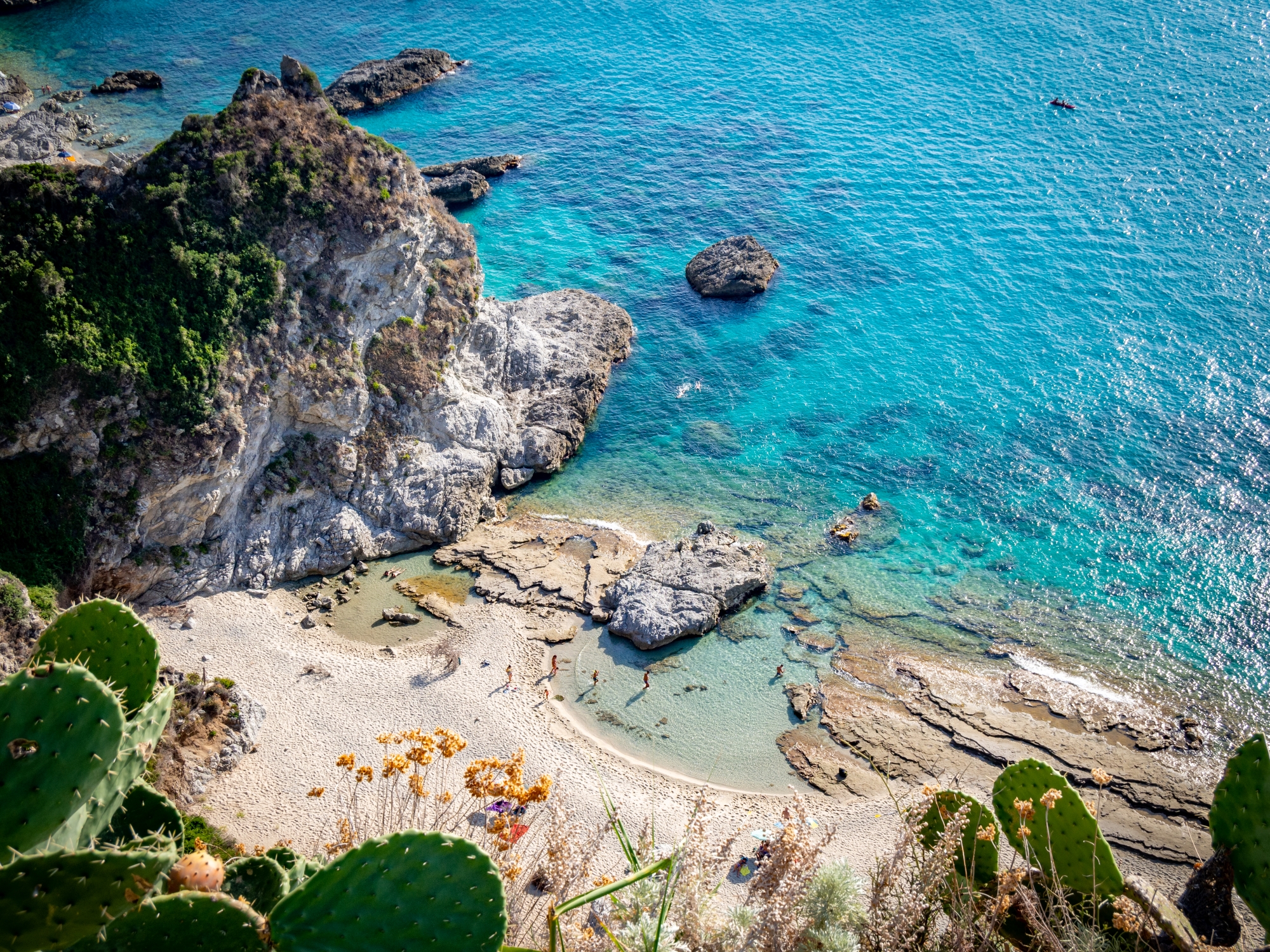
https://calabriastraordinaria.it/en/news/marrana-tower-of-ricadi-an-excursion-between-sea-and-archaeology
